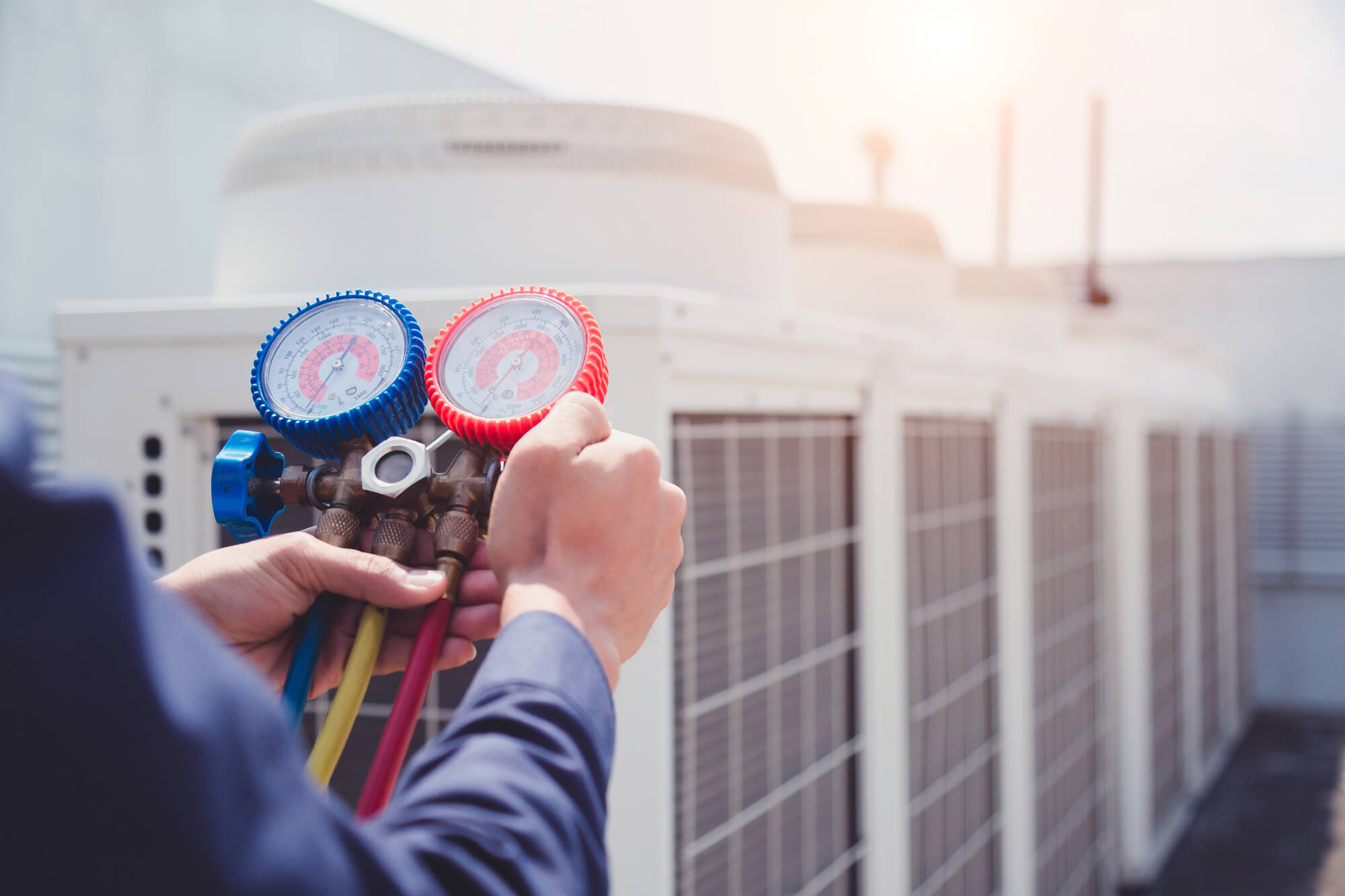What does an air conditioning survey cover?
The inspection will examine the refrigeration and air movement equipment that are part of air conditioning systems, and their controls. It will also examine any documentation that helps to understand the systems, or indicates the extent to which the systems have been maintained. The energy assessor is also required to estimate whether the system is suitably sized for the cooling loads in the treated spaces, and to provide advice on ways in which the performance of the system might be improved.
Access will be required to equipment that may be located in plant rooms, or outside the building, including rooftops or other locations with limited provision for access. In all cases the building owner or manager should agree the means for safe access with the energy assessor, following a health and safety risk assessment of the individual situation. The energy assessor may need to be accompanied by the responsible building manager or maintenance agent at all times.
Some additional access is likely to be needed, for example to the inside of AHUs or ducts. This must be provided and supervised by the responsible building manager or maintenance agent with due regard to the safety of the energy assessor and to building occupants. This would require the system to be turned off to allow safe access, so arrangements may need to be made for this outside working hours to avoid disruption to business. Similarly, the Energy Assessor may need to access a sample of components, such as fan coil units, which may be hidden above suspended ceilings. Again, access should be provided by the building manager.
Building owners and managers should not expect the air conditioning inspection to identify hazards or unsafe aspects of the installation, operation or maintenance of systems that should be identified and addressed by other arrangements, nor should they expect the energy assessor to fix any problem identified as part of the inspection.
If owners or managers require this service then they should ensure that the need is clearly specified in the invitation to undertake the work, assure themselves that the energy assessor is competent to undertake such additional work, and ensure that such aspects are clearly expressed in their contract or agreement with the energy assessor.

